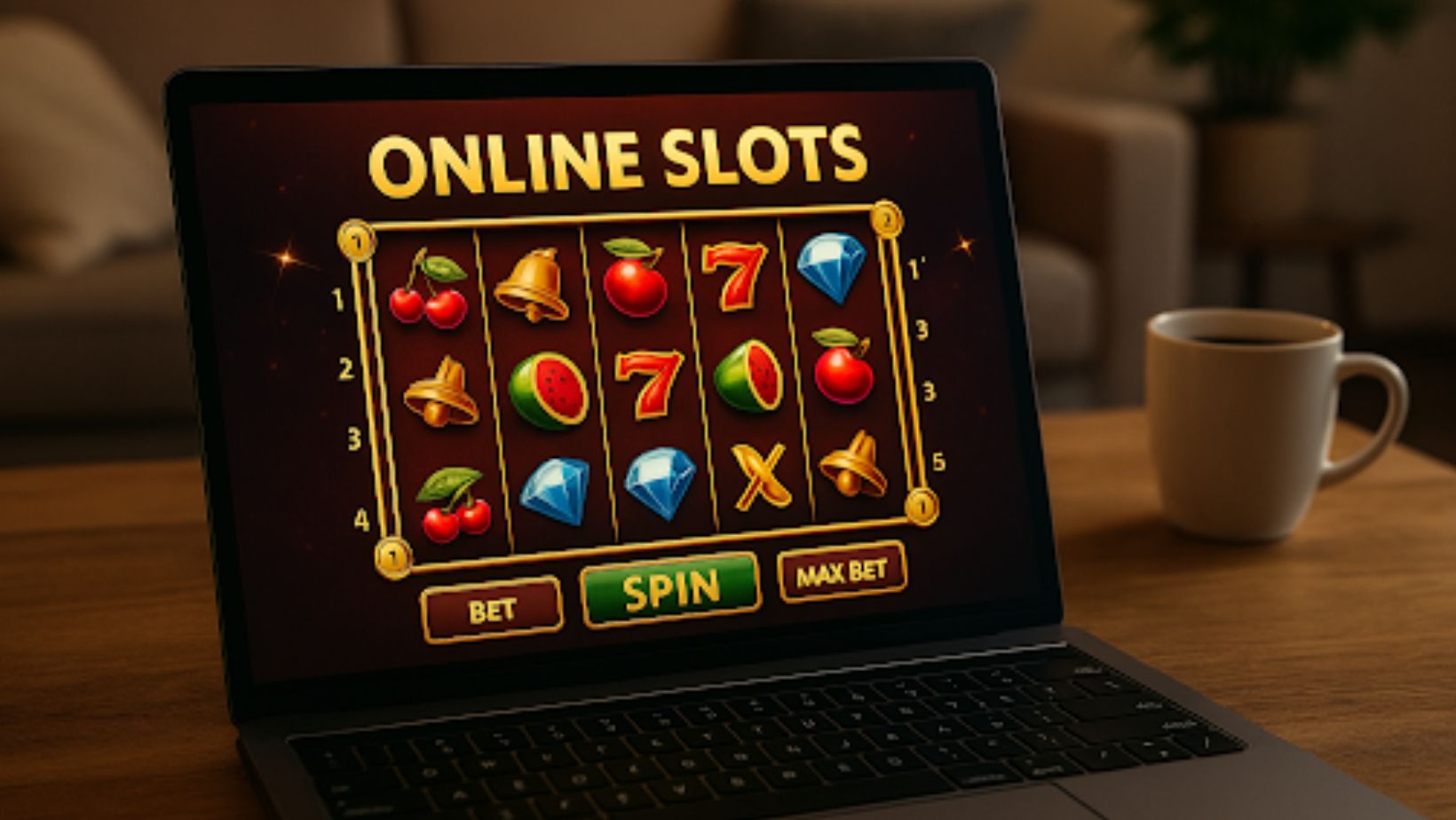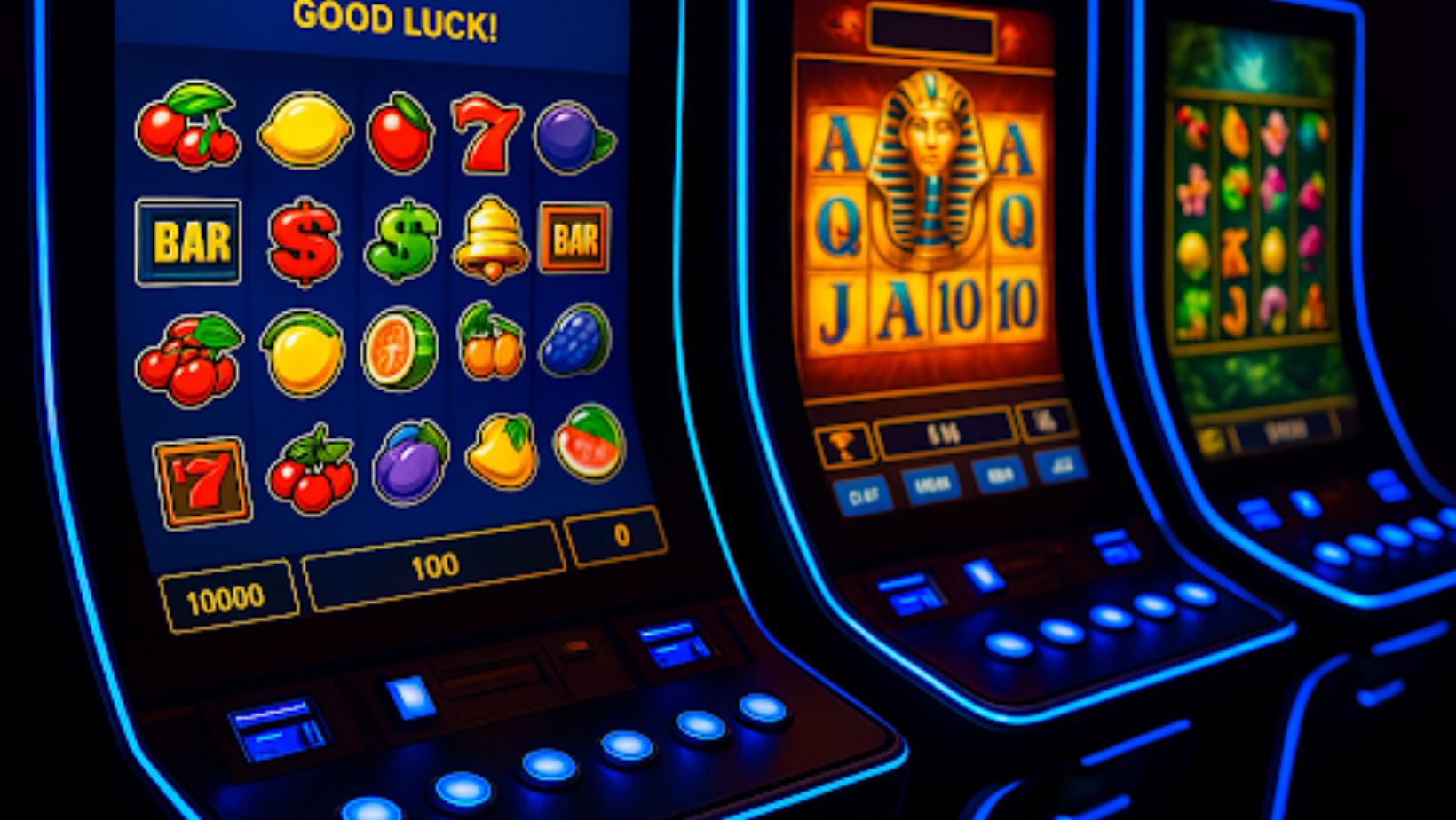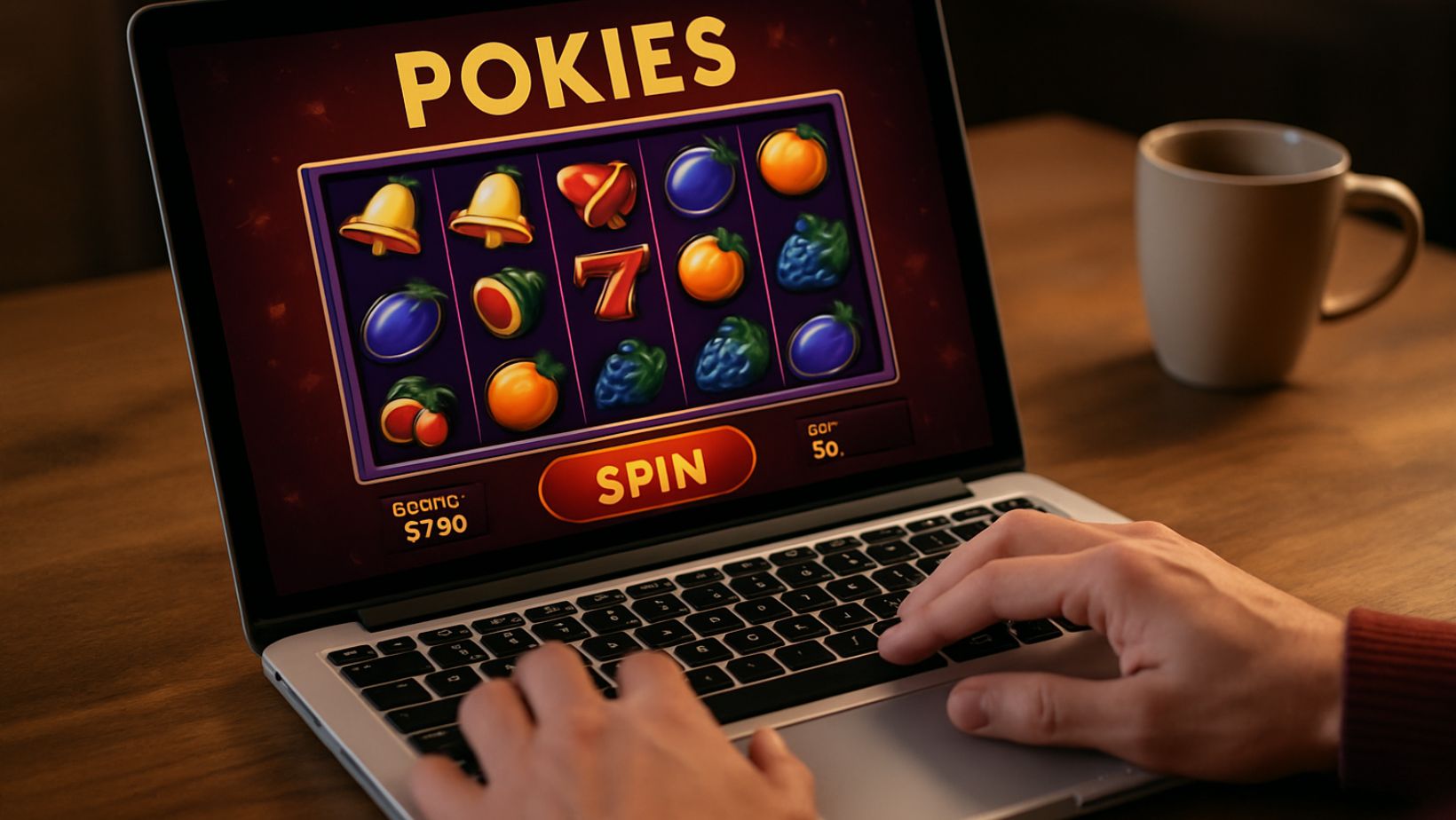
If you’ve ever stood in front of a slot machine, you know the feeling. A flash of color, the hum of reels spinning, a moment that feels longer than it should. Then — maybe — a win.
That small burst of excitement has survived more than a hundred years of innovation. What began as a mechanical novelty in a San Francisco workshop is now a digital world of sound and animation. Today’s “pokies,” as they’re affectionately called in Australia, barely resemble their ancestors. Yet, they spark the same mix of curiosity, luck, and hope that made the first players pull that heavy iron lever.
The Early Machines and Their Simple Magic
The first slot machines were straightforward, even charming in their simplicity. In the late 1800s, a mechanic named Charles Fey built the Liberty Bell — a three-reel contraption with hearts, spades, and bells on metal drums. Drop in a coin, pull the lever, and hope for three matching symbols.
That’s all there was to it. No screens, no sounds, no flashing lights — just moving parts and gravity doing the work. The machines spread quickly through bars and saloons. Bartenders loved them; they kept customers around longer. Players loved them too, because they didn’t need to think. You either lined up the right symbols or you didn’t.
By the 1960s, the mechanical era gave way to electricity. The Bally company rolled out machines that blinked, clinked, and handled more coins at once. They even added sounds that mimicked jackpots, even if you hadn’t hit one. It wasn’t just about luck anymore — it was about theater.
Those noisy boxes became part of the casino soundtrack, and by the time Vegas exploded in popularity, the slot floor had become its heartbeat.
From Video Screens to Digital Pokies
Then came the screens. By the 1980s, engineers realized they could replace metal reels with digital animations. The change seemed small at first, but it opened the door to storytelling. Games could have themes — Egyptian pyramids, outer space, jungles, whatever caught the imagination.
The 1990s pushed things online. Early internet casinos began offering simple browser-based slot games, and suddenly geography stopped mattering. A player in Sydney could enjoy the same excitement as someone sitting in Reno. Mobile phones later took that even further — pokies in your pocket, ready to play on a lunch break or while waiting for a bus.
If you’re curious how far those games have come, sites like pokiemachines.com track the modern world of online pokies — from classic fruit-style layouts to the newest 3D releases. It’s a great way to see how the humble machine became a full digital universe.
Online play didn’t just move the experience to screens; it reshaped it. Games became faster, bonuses more creative, and competition among developers fierce. What once took up half a casino floor now fits inside a smartphone app.
How Technology Changed the Game
Underneath the polished visuals lies the biggest shift of all — code. Modern pokies run on Random Number Generators, or RNGs, tiny mathematical engines that decide each spin’s outcome the instant you tap “play.” No magnets, no patterns, no mechanical bias. Just pure chance.
That technology made fairness measurable. It also let designers go wild. Companies like NetEnt, Play’n GO, and Pragmatic Play started blending art and math. They created pokies with orchestral soundtracks, animated cut-scenes, and even storylines that unfold as you play.
Touchscreens finished the transition. The old lever vanished, replaced by swipes and taps. The feel is different, but the anticipation — that pause before the reels settle — still grabs people the same way.
At the same time, the culture around gaming began to mature. Players wanted transparency and safety, not just excitement. So developers added settings for time reminders, spending limits, and play history. The world that once relied on chance now had space for self-control.

What’s Next for Pokies
The future looks stranger — and more immersive. Virtual reality casinos already exist in early forms, letting players “walk” through digital rooms, reach out, and spin 3D reels. It’s not mainstream yet, but it’s coming. Augmented reality may follow, blending pokies with everyday surroundings — your coffee table could be tomorrow’s jackpot stage.
Meanwhile, blockchain and cryptocurrency are changing how players handle transactions. Digital wallets make deposits faster, but the real shift is transparency. Every result can be verified on a ledger, which builds a different kind of trust — one based on math, not marketing.
Developers are also experimenting with social play: group jackpots, shared missions, and leaderboards that make the experience communal instead of solitary. The solitary pull of a lever is evolving into something more connected — and that says a lot about how people play today.
The Feeling That Refuses to Disappear
Through all the upgrades and algorithms, the spirit of slot gaming hasn’t gone anywhere. That sharp inhale just before the reels stop — it’s the same across generations.
Maybe that’s why the format keeps surviving every wave of technology. It doesn’t rely on skill, speed, or age. It relies on something universal: curiosity. Everyone wants to see what happens next.
The clinking coins might be digital now, and the reels may live inside a touchscreen, but the emotion is timeless. A century ago, a factory worker could spend a few cents chasing a lucky line. Today, a commuter in Melbourne can tap a screen and feel the same little jolt.
It’s easy to forget, with all the noise around jackpots and bonuses, that this entire industry grew from a single, simple game — a box that asked you to take a chance. That essence, that heartbeat, is still there, beating quietly behind every spin.

A Game That Keeps Evolving
In the end, the story of slots is really a story about people. Every upgrade — from brass gears to glowing screens — came from our desire to make luck a little more exciting, a little more beautiful to watch. The machines changed, the settings changed, even the sounds changed, but that core human instinct stayed put.
We’re drawn to chance because it mirrors life. You line up the symbols, hope for the best, and wait to see how it lands. Maybe it’s luck. Maybe it’s timing. Maybe it’s both.
What’s remarkable is how something built more than a century ago still fits into modern life. It’s no longer just a game in a casino; it’s a part of digital culture — entertainment that keeps reinventing itself without losing its spark.
And perhaps that’s why pokies will keep spinning long into the future. Technology might change how they look, but it won’t change why people play. After all, every spin — whether pulled by a lever or tapped on a screen — still starts with the same thought: what if this is the one?


